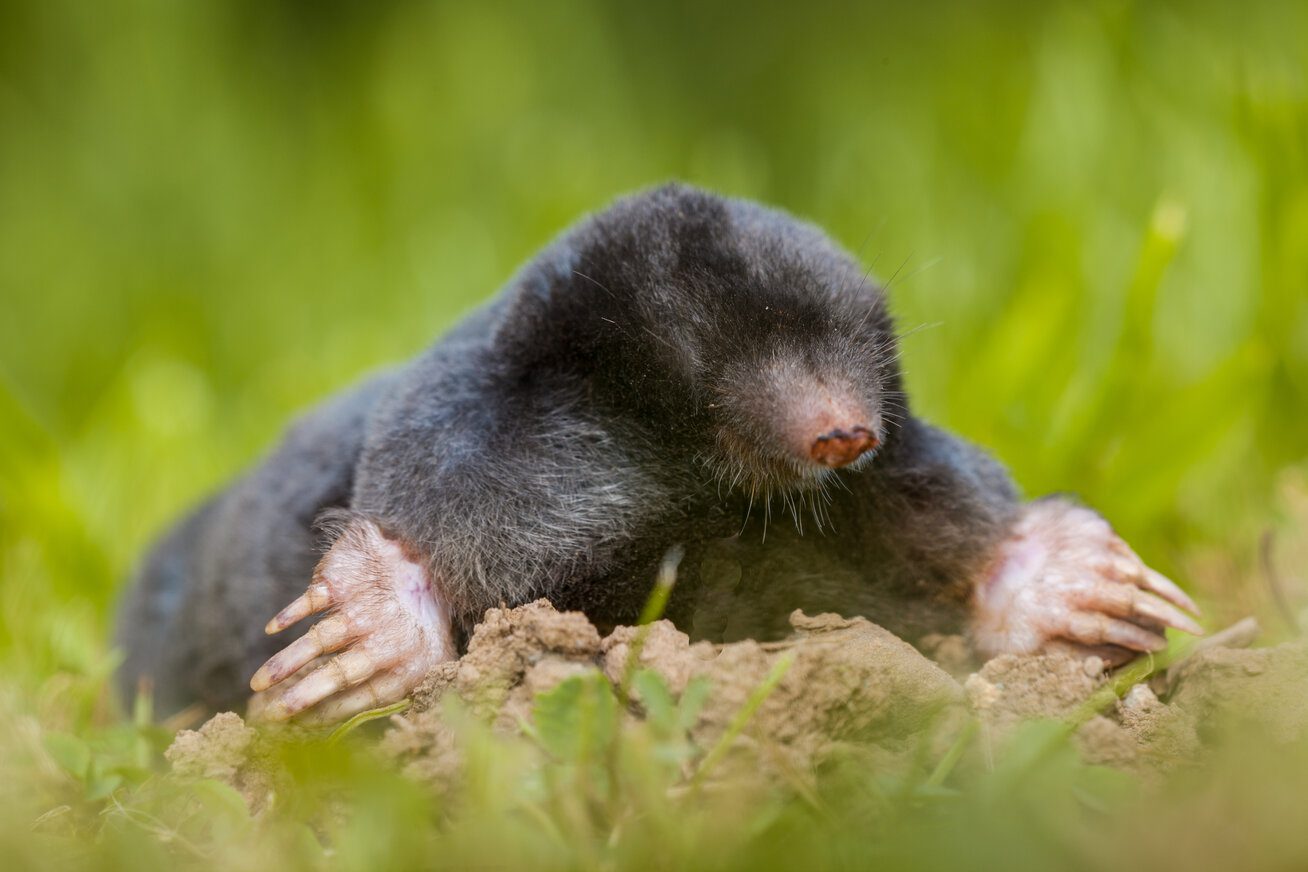
Moles are fascinating creatures found in various parts of the world. They are known for their exceptional digging abilities and their unique appearance. But do you know what moles are, whether they bite, or if they pose any danger? In this blog post, we will explore these questions, discuss the signs of a mole infestation, and discuss when to contact mole-trapping professionals. Let’s dive in!
What are Moles?
Moles are small mammals that belong to the family Talpidae. They are found primarily in North America, Europe, and Asia. Moles are known for their cylindrical bodies, velvety fur, and powerful front limbs designed for digging. They have tiny eyes and ears, and their large, hairless snouts are highly sensitive to touch, which helps them navigate in their dark, subterranean world. Moles mostly feed on insects, worms, and other invertebrates they find in the soil.
Do They Bite?
Moles do have sharp teeth, which they use to catch and eat their prey. However, they are not known to bite humans, as they generally try to avoid contact with humans as much as possible. In the rare instance that a mole feels threatened or cornered, it may bite in self-defense, but such situations are highly unlikely.
Are They Dangerous?
Moles are not inherently dangerous to humans or pets. They do not carry any known diseases that can be transmitted to humans or domestic animals. However, their burrowing behavior can be problematic for homeowners and gardeners, as they can create unsightly molehills and tunnels in lawns and gardens. This can lead to an uneven surface, which may pose a tripping hazard, and the disruption of plant roots, which can affect the health and appearance of your garden.
Signs of Moles Infestation
1. Molehills
The most obvious sign of a mole infestation is the presence of molehills, which are small mounds of soil that are created when moles dig their tunnels. These molehills can vary in size and are typically found in lawns, gardens, or fields.
2. Surface Tunnels
Moles often create shallow tunnels just below the surface of the ground, which can cause the soil to appear raised or spongy. These tunnels can be seen as a network of ridges in your lawn or garden.
3. Damaged Plants and Roots
Moles do not eat plants, but their burrowing can disrupt the roots of plants in your garden, leading to their poor health or even death.
4. Inefficient Irrigation
Moles can also cause issues with irrigation systems, as their tunnels can divert water away from the intended areas, leading to uneven watering and potential damage to plants.
When to Call Mole Trapping Pros
If you have noticed the signs of a mole infestation in your yard and have tried various DIY methods to no avail, it may be time to call in the professionals. Mole trapping experts can assess the extent of the infestation, identify the most effective trapping methods, and ensure that the moles are removed from your property safely and humanely.
Conclusion
Moles are intriguing creatures that pose no direct threat to humans or pets. However, their burrowing habits can be a nuisance to homeowners and gardeners, who may need to enlist the help of professionals to address a mole infestation effectively. By understanding the signs of a mole infestation and knowing when to call in the mole trapping experts, you can maintain the beauty and health of your outdoor spaces.
Don’t let pesky moles wreak havoc on your property any longer! Trap Your Moles is the best mole trapping company in the Cincinnati, Dayton, Springfield, Indiana, Wilmington, and Northern KY areas. Our team of experts uses effective methods to rid your property of these unwanted critters. Call us today for a free consultation!

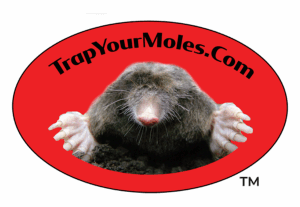
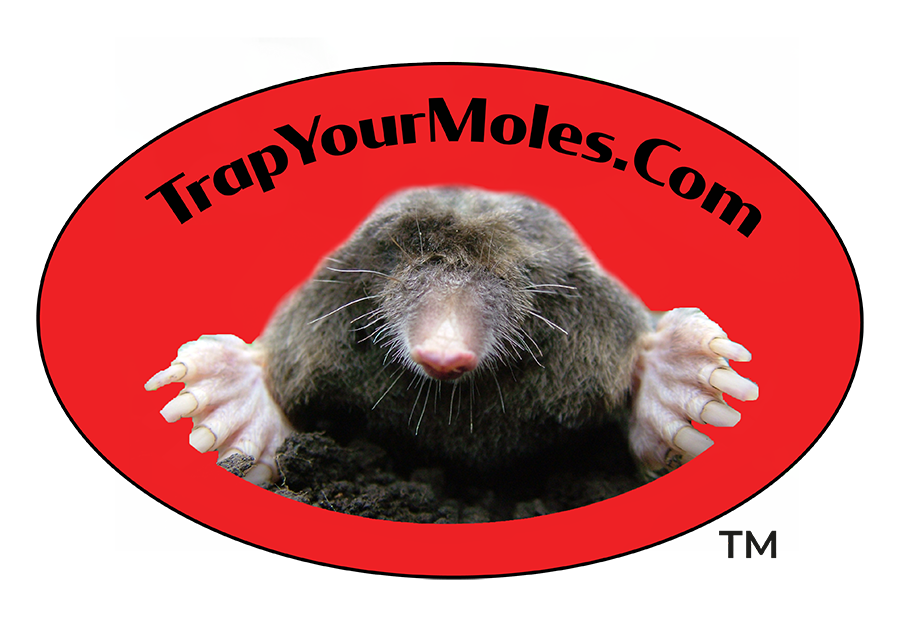


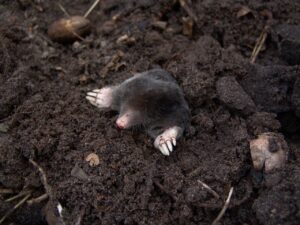
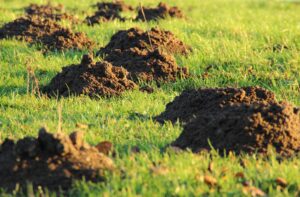

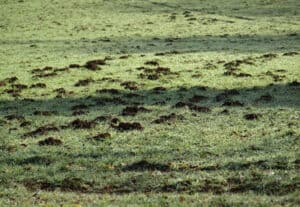
No comment yet, add your voice below!